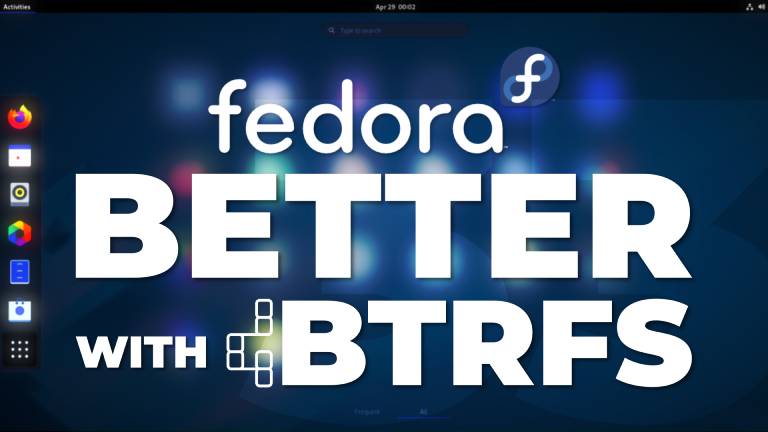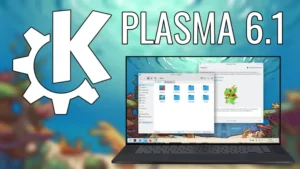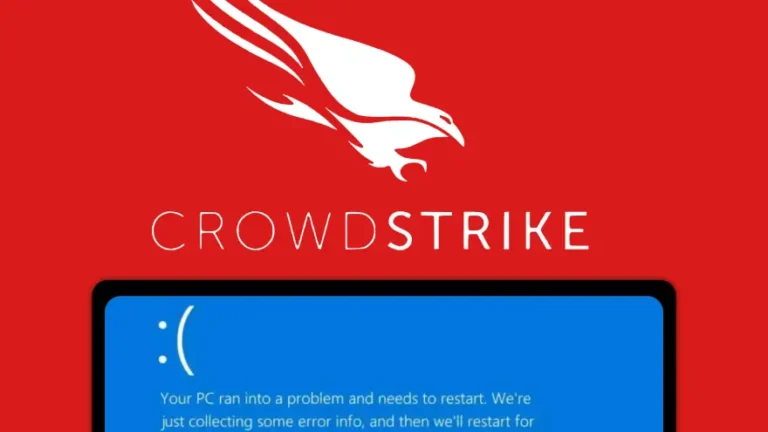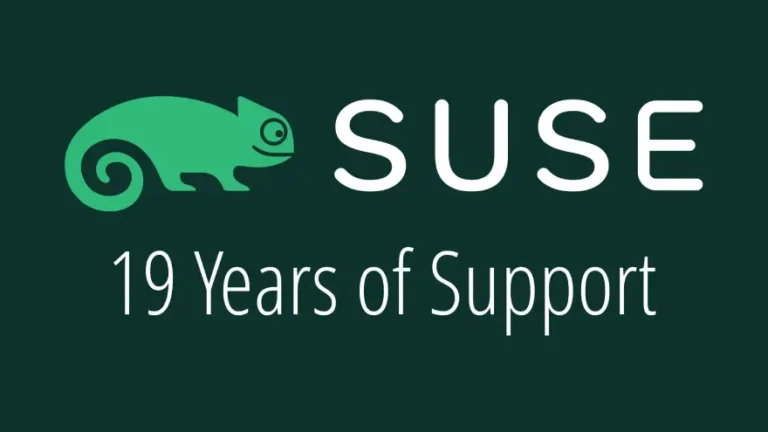We’re only one month away from the public release of Fedora 33, which represents a massive shift for the Red Hat-backed Linux distribution. Fedora has been using ext filesystems since Fedora Core 1; switching to BTRFS as the default is kind of a big deal. Thankfully, the Fedora 33 Beta is now live for everyone. Ready to test drive the benefits this copy-on-write filesystem brings to the party?
For GNOME desktop fans, there’s a lot to appreciate going into the Fedora 33 Beta. This ushers in GNOME 3.38 which now includes a Welcome Tour to get newer users up to speed on key desktop functionality, improved screen recording and multi-monitor support, and a bunch of performance improvements.
A detail getting less exposure but one well worth testing and benchmarking is the inclusion of thermald in the default install. Theoretically this should deliver better thermal management and peak performance for Intel CPU users.
A Deep dive by FPL’s Eric londo
The headlining feature this time around, however, is undoubtedly the inclusion of BTRFS as the default filesystem. This change applies to every desktop variant of Fedora Workstation — so yep, that includes the spins.
“BTRFS offers some really compelling features for users, including transparent compression and copy-on-write.”
Matthew Miller, Fedora Project Leader
It also supports RAID, online resizing and defragmentation, plus lets users create both readable and writable snapshots, which appear as normal directories in the filesystem. The biggest advantage here is for people, well, like me, who may make a rather huge mistake at some point and need to roll things back to a previous, properly working state.
I first experienced that particular magic when using openSUSE — a distro that adopted BTRFS way back in 2013 — and it was a life-saver.
Linux For Everyone co-host and FPL contributor Alan Diggs (aka Schykle) recently recorded a passionate endorsement of BTRFS. It makes for some educational and riveting viewing:
Fedora Project Leader Matthew Miller says that Fedora 33 is “defaulting to the basic features of BTRFS, but we’ll build out the default feature set to include more goodies in future releases.”
It will be very interesting to see what improvements come to BTRFS now that the weight of Red Hat engineers is behind it.
Grab Fedora 33 Workstation, Server and IoT beta images here:
If you’re craving the Fedora 33 experience with alternate desktop environments like KDE Plasma, Xfce, Cinnamon, MATE and more, head to the Fedora 33 Spins portal.
Happy testing, and leave us your thoughts about Fedora 33 and BTRFS in the comments!










It would have been nice if Fedora had maybe gone a little more aggressive with btrfs (ext4 partition why?) and provided subvolumes and snapper by default similar to OpenSUSE. Version 33 is definitely better all the way around and leapfrogs version 32 with ease. @Schykle is 100% correct about the superiority of btrfs and OpenSUSE has been shipping this as default for years. I’m just kind of surprised that they didn’t use that pedigree to go all the way.
I don’t know what the team’s rationale was, but perhaps they want to ease people in and slowly expand on the advanced features of BTRFS throughout the next few versions of Workstation?
Yeah, it’s a big enough change as it is. Let’s pour the foundation and let it settle before we build on it.
It’s also the case that btrfs remains not-a-priority for Red Hat storage and, well, Red Hat funded development entirely. I definitely do expect to see innovation here, but it’s going to come from other parts of our community!
That is great news.
Now I am definitely in the camp of BTRFS because I am using it on Suse and finally understand all the benefits.
Honestly, before I was not paying attention and even discarding it for various unfounded reasons.
And because of some of the licensing issues with ZFS I think BTRSF is even more the way to go if you want a highly modern and performant filesystem.
Interesting. Since Fedora is generally the testbed for new features that end up in RHEL - I wonder if this signals a reversal of their previous policy for BTRFS and RHEL? Perhaps it’s improved enough that they’re considering it again.
Join the discussion at forum.tuxdigital.com
7 more replies